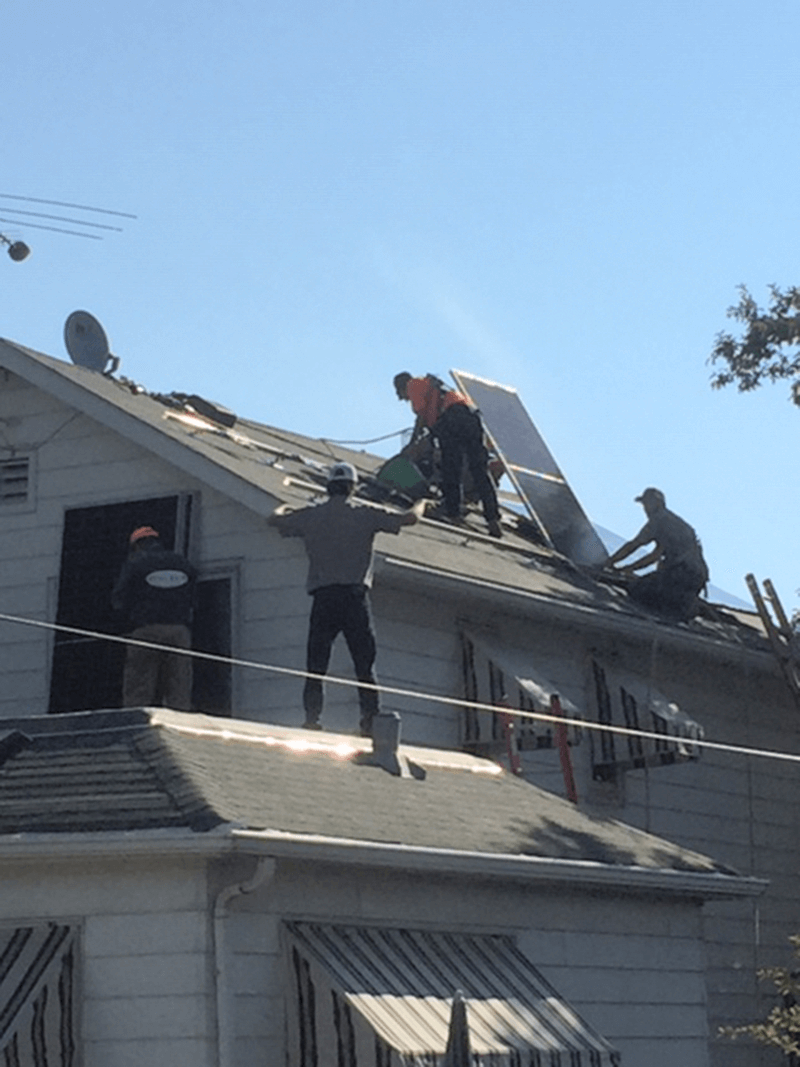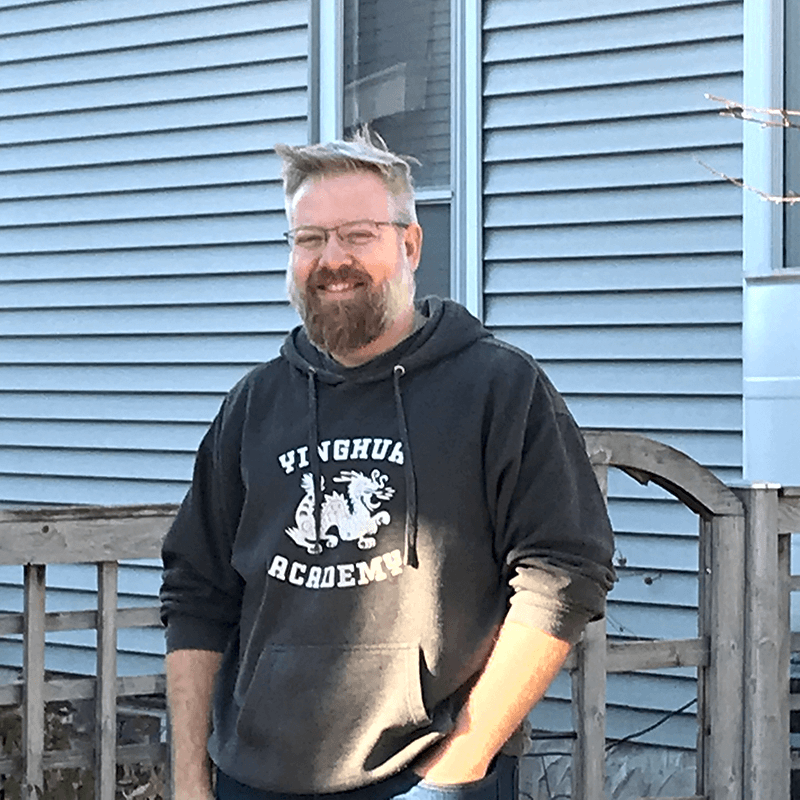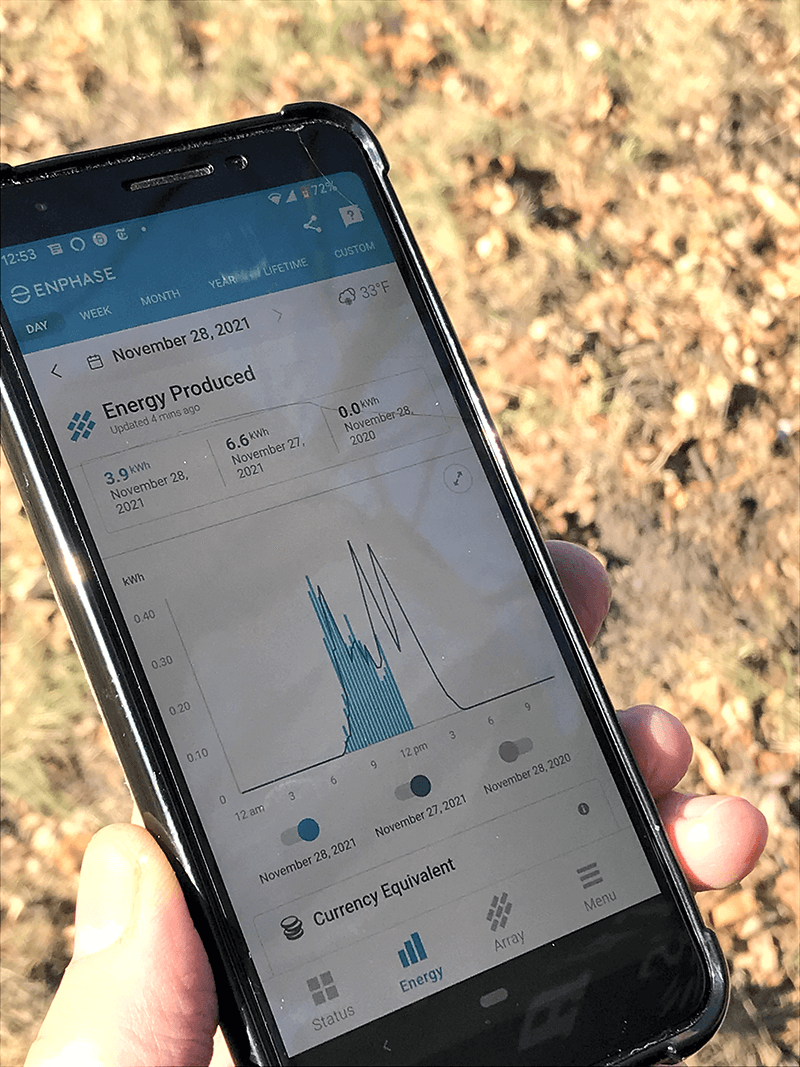If you’ve noticed a lot of solar panels cropping up on Northeast roofs, and are wondering if supporting renewable energy, and hopefully lowering your energy bill in the process, is something you’d like to consider for 2022, one option is to join a community solar co-op.
“I think it started with my dad,” mused Greg Lawson, when asked how he began his journey to join a new solar co-op launched for Twin Cities area residents. “Long before it was popular, my dad was always designing his ‘green’ dream home in his head, asking the family things like, ‘Could we capture the rainwater to wash our clothes, could we harness solar energy to heat our home, what else could we do?’”
After walking through the steps of the program, presented during a free webinar, Lawson said, “At the end of the presentation, we said okay, we’re getting it, because really, why wouldn’t we do this? Our family will live in this house and our kids will attend their local schools for the next eight to ten years. So yes, why wouldn’t we do this?”
In reality, there are some stumbling blocks and some bumps in the road.
“You start with a home energy audit,” said Lawson. “Is your wiring up to date, do you have enough insulation, is your roof in good condition, do you have enough sunlight?”
“And, initially, it is expensive,” admits Lawson. “The biggest hurdle that I see is how do you make the initial investment, which can be $10,000 or more.
“For some people, who have lived in their homes long enough to have built up equity, they might be able to refinance their home or take out a home equity loan,” said Lawson.
About that energy audit: “If you take out a loan, you first need to fix anything that the audit says needs to be fixed, before you start thinking about adding solar panels to your roof,” said Lawson.
“And it helps if you plan to live in your residence for at least ten to 12 years, the length of time it will take to pay off that loan.” But that doesn’t mean you have to be a long-term resident, noted Lawson. “There’s all kinds of information available about how having solar installed increases its property value in the event that you sell.”
On the other hand, there are benefits. The co-op, which focuses on education and potential group buying, is inexpensive to join and open to homeowners and businesses in the Twin Cities and surrounding areas. Another big plus is the Solar Federal Investment Tax Credit, which allows 26% of the cost of going solar to be recovered as a tax credit.
Co-op members have the opportunity to learn about solar energy and how to leverage their numbers to purchase individual solar energy systems at a competitive price and quality, according to SUN (Solar United Neighbors), a nonprofit organization whose mission is, “to create a new energy system with rooftop solar at the cornerstone.”
Partnering on the co-op are Minnesota Interfaith Power and Light, City of Minneapolis Sustainability Division and Minnesota Renewable Energy Society.
“We want to make solar accessible for all,” said Buff Grace, Solar Outreach Manager for Minnesota Interfaith Power and Light. “We are going to help low-income homeowners access incentives from Xcel [Energy] and the City of Minneapolis. We want all Minnesotans, regardless of income, to be part of producing clean solar power to address the climate challenge and to reduce their energy burden.”
Patrick Holt, another Northeast resident who was an early proponent of solar farms and solar energy, joined the co-op, explaining, “It (solar) has been on my radar for a long time.”
Holt noted that, for a long time, an unfortunate barrier for residents of Northeast, were the beloved mature trees, providing cooling shade but blocking the sun needed by solar panels. “Now, with Dutch elm disease, oak wilt, and emerald ash borer, we are losing the trees we love, but opening up many of our yards to the sun and solar energy,” said Holt, noting that it will be 20 to 25 years before many newly-planted replacement trees will grow tall enough to block the sun again.
“Sometimes you don’t need as much sun as you think you do,” said Lawson, pointing to the panels on his roof. “It’s amazing that I’m getting sun during times of the day that I didn’t expect, which will change with the seasons, of course. And surprisingly, you can even generate some electricity from moonlight.”
Can you really save money on your electric bill? Once you install solar, you can earn credit for the electricity you produce through a policy called net monitoring. When your system generates electricity, it flows into your home. When it generates more than you need, it flows out to the local grid, where it is consumed by your neighbors. Your monthly electric bill will be calculated to reflect the total amount of electricity you used minus the amount you produced, and yes, you really do save money on your electric bill.
When Lawson asked his wife how much their electric bill has been since installing their solar panels at the end of summer, she laughed and said one month she thought it was only six dollars.
What if you have an electric car? Would you be able to charge it with solar power? “[We] have actually been talking about that. I believe it would be possible, but I’m not sure we’re quite there yet,” said Lawson.
For more information and to register for a free virtual live information session, go to the SUN co-op website, www.solarunitedneighbors.org/twincities, and click on the “Events” tab. The next session is Thursday, Jan.6, 6:30-8p.m.
Presenters will discuss solar energy, battery storage, electric vehicle charging, and how they work on your home or small business. They will also discuss the technology, economics, financing, and more.
Sun United Neighbors Twin Cities will accept new members through April 30, 2022.
Editor’s note: One solar vendor, All Energy Solar, and possibly others, have financing built into their sales packages.
Below: Solar panels being installed. (Photo by Patrick Holt) “Sometimes you don’t need as much sun as you think you do,” said Greg Lawson, commenting on the visible shade on the side of his house, and noting that higher on the roofline above his head, the sun was shining on the solar panels mounted there. Lawson demonstrates an app that keeps track of how much solar energy is produced by his family’s solar system. (Photos by Barb Kondrick)


